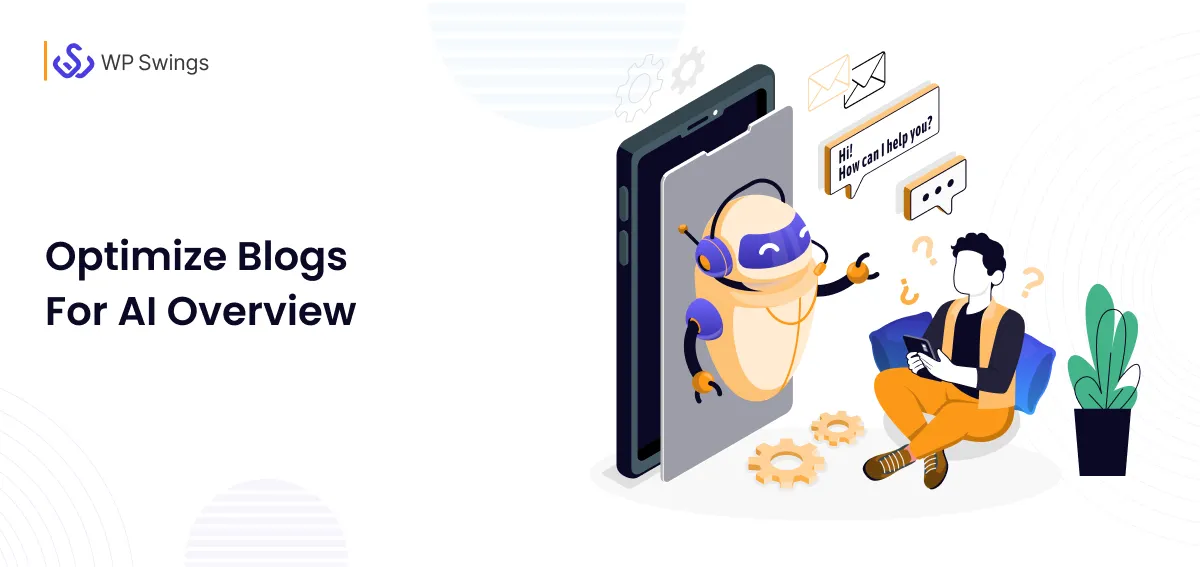
Introduction of Google’s AI Overview and AI Overview Optimization has changed the way information is delivered through search engines. Instead of relying solely on traditional search listings, Google now uses artificial intelligence to present users with summarized answers drawn from multiple sources directly within the search results. This shift reflects Google’s broader move toward integrating generative AI into its core search experience.
For website owners, content creators, and SEO professionals, this change brings both opportunities and challenges. On one hand, AI Overviews provide a new pathway for content to reach audiences at the very top of search results. On the other hand, they reduce the likelihood of direct clicks, especially for informational queries, which alters the way traffic is distributed.
Understanding how AI Overviews function and learning how to optimize content for inclusion has become a key part of search engine strategy. This practice, known as AI Overview Optimization, involves aligning content structure, clarity, accuracy, and technical performance with the factors that influence Google’s AI-generated summaries especially as they increasingly emerge through a Generative UI that surfaces refined answers directly in search results
In this guide, we will explain what AI Overviews are, how they work, and how you can optimize your content to improve its chances of being featured in this prominent search format. For organizations looking to implement comprehensive AI-driven search strategies, partnering with specialized generative ai consulting services can provide the technical expertise and strategic guidance needed to navigate these evolving search landscapes effectively. This shift is especially important for specialized sectors. For instance, companies working in custom healthcare software development must strategically structure their content to reflect domain expertise while remaining accessible to AI-driven search summaries.
Key Takeaways
- AI Overview Optimization focuses on structuring and presenting content in a way that aligns with Google’s AI-generated summaries in search results
- Google’s AI Overviews appear in nearly 39% of all searches as of 2025, especially for informational queries, impacting click-through rates and user engagement.
- Content selected for AI Overviews is typically factual, clear, recently updated, and drawn from authoritative sources ranked within the top ten search results.
- Best practices include using structured headings, targeting question-based queries, ensuring factual accuracy, and maintaining strong page performance and mobile usability.
- Monitoring search appearance through tools like Google Search Console is essential for adapting your optimization strategy over time.
- AI Overview Optimization complements traditional SEO by emphasizing clarity, authority, and search intent alignment rather than keyword density alone.
What is Google’s AI Overview?
Google’s AI Overview is a feature integrated into its search engine that uses artificial intelligence to generate concise summaries in response to user queries.
Officially rolled out in May 2024 and built on Google’s Gemini model, this tool synthesizes information from multiple sources to deliver a single response box at the top of search results.
As of mid-2025, AI Overviews appear in approximately 39% of all Google searches, with the figure rising to nearly 60% for informational and long-tail queries.
The feature is now active in over 140 countries and available in more than 15 languages. While it improves the speed of information access for users, its impact on web traffic has raised concerns.
Studies show that the presence of an AI Overview can reduce the click-through rate of the top organic result by up to 34.5%, and overall clicks on search results have fallen by 30% since its introduction.
At the same time, impressions have increased by nearly 49%, reflecting a shift in user behavior from clicking to scanning.
Notably, Google sources its summaries from top-ranking pages in over 99% of cases, with nearly 77% of AI Overviews drawing exclusively from results already in the top ten.
These changes mark a significant evolution in how information is retrieved online, and they underscore the growing importance of AI Overview Optimization in content strategy.
How does AI Overview Work?
Google’s AI Overview functions by using large language models, specifically the Gemini family, to analyze and interpret information from across the web in response to a user’s query, making it a valuable tool even for learning topics like an automation testing course.
When a search is made, the system identifies high-quality sources, extracts key information, and then generates a summary that appears at the top of the search results.
This summary is designed to answer the query directly, without requiring the user to navigate to another page.
In most cases, the sources used in the overview are already among the top ten organic results
Google also includes citations directly below the summary, allowing users to verify the origin of the information.
Importantly, the summaries are dynamic and change based on query intent, search history, and regional settings. The feature also prioritizes up-to-date information by favoring recently updated content, which can benefit websites that maintain consistent editorial standards. By leveraging AI-powered tools, Google ensures these summaries undergo multiple ranking layers, safety filters, and real-time quality assessments to provide reliable and accurate insights
While users often see the output as a simple answer box, the backend involves several ranking layers, safety filters, and real-time quality assessments.
How Does AI Overview Optimization Impact SEO?
AI Overview Optimization has introduced a notable shift in how search engine optimization is approached.
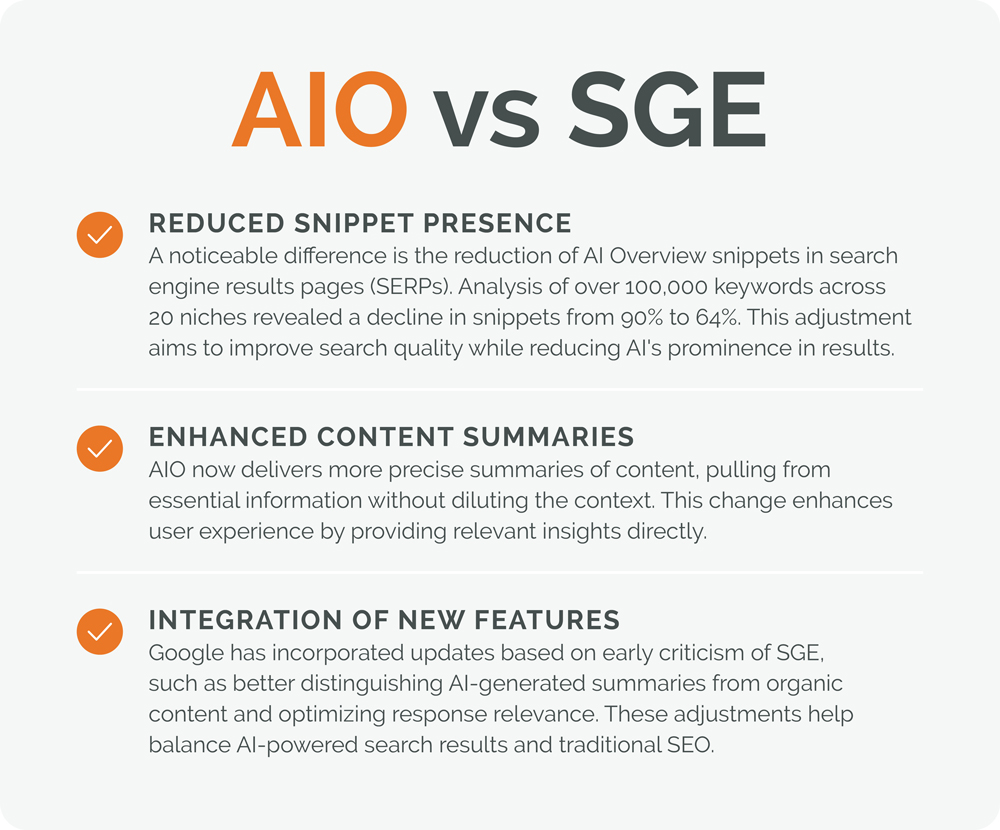
[Source: Zero Gravity Marketing]
- First, the presence of an AI Overview can significantly reduce organic click-through rates (CTR), particularly for informational queries. When users receive immediate answers within the AI-generated box, they are less likely to visit individual websites.
- In fact, data suggests that the introduction of AI Overviews has led to a 30% decrease in overall clicks on search results, while impressions have increased by nearly 49%. This means that although content visibility may remain high, actual user engagement through clicks can decline.
(Source) - Second, AI Overview Optimization requires content to be structured in a way that aligns with Google’s AI systems. Tools like Link Analyzer can help evaluate the quality and relevance of backlinks, ensuring that supporting links contribute to overall topical authority. Pages that are clearly organized, written with factual accuracy, and supported by reputable sources are more likely to be featured in summaries. This shifts the focus from traditional keyword density and backlinks to semantic clarity, content quality, and topical authority.
- Third, competition for inclusion in AI Overviews is often limited to high-ranking pages. Therefore, general SEO practices such as improving page speed and ensuring mobile compatibility are important.
However, additional emphasis on schema markup, well-structured headings, and question-based content can improve the likelihood of being selected by the AI system.
AI Overview Optimization affects SEO by altering the path between search visibility and user interaction.
To adapt, content creators must focus not only on ranking but also on formatting and clarity to remain competitive in a search environment shaped increasingly by generative AI and the proliferation of integrated artificial intelligence services.
How To Do AI Overview Optimization?
AI Overview Optimization involves preparing your content in a way that increases the chances of it being included in Google’s AI-generated summaries. This requires a combination of technical accuracy, clear structure, and alignment with search intent. In this context, businesses often turn to AI development services to ensure their content is both technically sound and strategically optimized
1. Use Structured Headings and Semantic Markup
One of the fundamental steps in AI Overview Optimization is organizing your content with clear, hierarchical headings and applying structured data markup.
Google’s AI relies heavily on structured cues to interpret and extract information effectively. As noted by Google in its Search Central guidelines, structured data “helps search engines understand the content of the page.”
Why Structured Headings Matter
- Improves content readability for AI parsing.
- Clarifies topic hierarchy and section relevance.
- Facilitates content snippets extraction.
For example, using correct heading tags, H1 for titles, H2 for main sections, and H3 for subsections, helps both readers and search engines navigate your page logically.
Semantic Markup Types Recommended
- FAQ Schema: For pages answering common questions.
- HowTo Schema: For instructional content.
- Article Schema: For blogs and news content.
- Breadcrumbs Schema: To define navigation paths.
2. Target Specific, Question-Based Queries
Content that directly addresses specific questions stands a higher chance of being featured in Google’s AI Overviews. Unlike traditional SEO, which often focuses on broad keywords, AI Overview Optimization favors precise answers to user intent, especially when framed around commonly searched questions.
Why Question-Based Content Works
-
- Google’s AI Overview often serves as a direct answer engine, favoring content that responds clearly to a query.
- According to a Backlinko study, content that ranks for question-type queries like “how,” “what,” and “why” is 3 times more likely to appear in featured snippets, a pattern now reflected in AI Overviews.
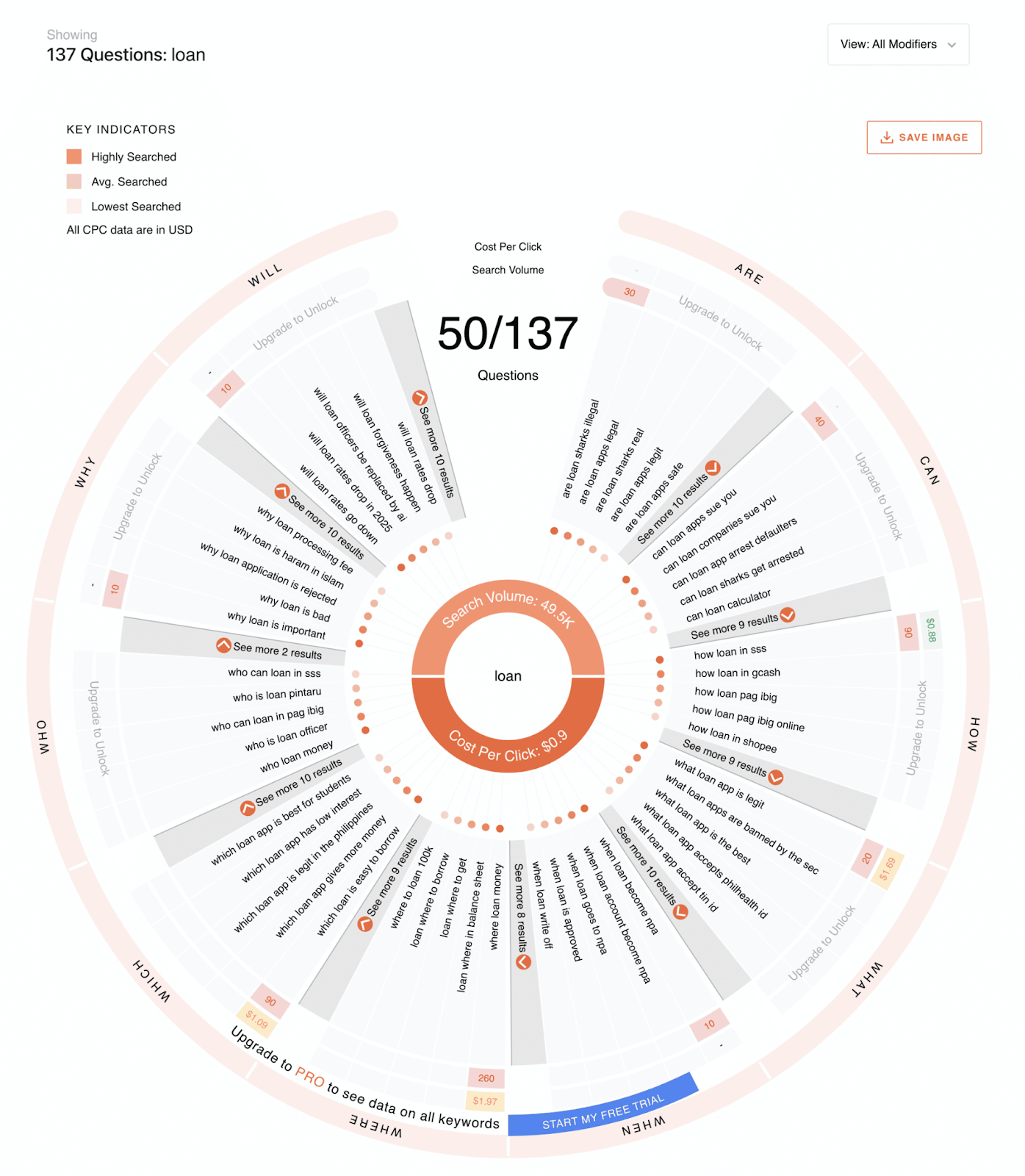
[Source: Semrush]
- Tools like Answer the Public, AlsoAsked, and Google’s “People Also Ask” are valuable for uncovering these question formats or you can work with an experienced AI agent development company to automate the query research and content mapping process.
How to Implement This Strategy
- Start sections with clear, question-based headings (e.g., “What Is AI Overview Optimization?”).
- Follow with concise, factual answers within the first few sentences.
- Use bullet points or numbered lists where appropriate for clarity.
- Avoid lengthy introductions before providing the answer.
Aligning your content with this principle increases your chances of being selected for AI-generated summaries and helps you in AI Overview Optimization
3. Keep Explanations Clear and Factual
For AI Overview Optimization, the clarity and factual reliability of your content are critical. Google’s AI systems are designed to minimize errors and avoid spreading misinformation, which means they favor content that is straightforward, accurate, and backed by credible evidence.
How To Write With Clarity and Authority:
- Begin with a direct answer or statement: Example: “AI Overview Optimization is the process of structuring content for inclusion in Google’s AI-generated summaries.”
- Support statements with recognized sources or data: Cite studies, official guidelines, or reputable industry reports when stating facts.
- Avoid filler language or complex jargon: Write as though explaining to an intelligent reader unfamiliar with the topic.
4. Optimize for Authoritativeness and Accuracy
In the context of AI Overview Optimization, content authority and factual accuracy are essential for gaining visibility in Google’s AI-generated summaries. Google’s AI Overview relies on signals of trustworthiness and content expertise, reflecting long-standing principles from its E-E-A-T (Experience, Expertise, Authoritativeness, Trustworthiness) guidelines, which are detailed here helpful content guide
Why Authority and Accuracy Are Critical
- AI Overviews prefer content from recognized sources with a proven track record of reliability.
- Misinformation or vague claims can lead to exclusion from AI Overviews and reduce a site’s overall search visibility.
How To Establish Authority and Ensure Accuracy
- Use Credible Sources: Reference peer-reviewed research, government data, or statements from recognized industry leaders.
- Publish Under Expert Bylines: Content authored or reviewed by subject matter experts tends to rank better and is more likely to be selected by AI.
- Maintain Editorial Standards: Implement an editorial review process that checks facts, verifies sources, and eliminates speculative content.
- Avoid Unsupported Claims: Make sure every statement, especially those presenting data or analysis, is supported by evidence or a reliable reference.
For instance, instead of saying, “AI Overviews drastically change SEO,” a more authoritative approach would be, “According to a 2024 report by Search Engine Land, AI Overviews have contributed to a 30% decrease in search click-through rates, affecting SEO performance.”
5. Update and Refresh Existing Content
Keeping your content updated is a key practice in AI Overview Optimization. Google’s AI systems are designed to prioritize information that is both relevant and current, particularly for topics that evolve over time. The freshness of your content can directly influence its chances of being selected for AI-generated summaries.
Why Content Updates Are Important
- A 2024 study by Semrush revealed that recently updated pages are 2.5 times more likely to appear in AI Overviews compared to pages that have not been updated in over a year.
- Users expect timely information, and Google’s AI aims to reflect that expectation in its summarizations.
How To Effectively Update Content
- Review and Revise Data Points: Replace outdated statistics, references, and examples with the latest information.
- Refresh Meta Descriptions and Titles: Ensure metadata reflects current trends and search intents.
- Add New Sections or FAQs: Incorporate additional insights, address emerging questions, or expand on recent developments.
- Note the Last Updated Date: Displaying the update date signals both to users and search engines that your content remains relevant.
- Audit Internal Links: Check that all linked pages are active and up to date.
For example, a blog post on AI Overview Optimization written in early 2024 should be reviewed for any updates made by Google since then, such as changes in the rollout regions, algorithm adjustments, or newly published official guidelines.
6. Improve Page Performance and Mobile Usability
The technical performance of a webpage, especially its loading speed and mobile responsiveness, plays a decisive role in AI Overview Optimization.
While AI Overviews primarily focus on content relevance, Google’s search algorithms continue to evaluate page quality through measurable performance signals such as Core Web Vitals and mobile usability.
Why Performance and Usability Matter for AI Overview Inclusion
- Google’s Core Web Vitals measure key aspects of user experience, including Largest Contentful Paint (LCP), First Input Delay (FID), and Cumulative Layout Shift (CLS).
- A 2023 study by Portent showed that pages loading in under 2 seconds have a 50% higher chance of appearing in search features, emphasizing the direct link between speed and visibility.
How To Optimize Performance and Usability
- Improve Load Speed: Optimize images, leverage browser caching, and minimize code bloat (HTML, CSS, JavaScript).
- Enhance Mobile Experience: Use responsive design frameworks, ensure touch elements are appropriately sized, and avoid intrusive pop-ups.
- Test with Google Tools: Use PageSpeed Insights and Mobile-Friendly Test to diagnose and correct performance issues.
- Avoid Excessive Ads or Heavy Scripts: These slow down page loading and can negatively impact search visibility.
For example, even well-structured, high-quality content may fail to appear in AI Overviews if the hosting page takes too long to load on a mobile device or exhibits poor layout stability.
7. Monitor Search Appearance and Adjust Strategy
Ongoing monitoring is essential, and AI agents can automate much of this process — from tracking when your content appears in AI Overviews to flagging drops in impressions or recommending structural updates. With the growing demand for skilled automation, many teams now explore resources like an Agentic AI Course to better understand how to use these AI systems effectively and stay ahead of search changes. These agents can integrate with tools like Google Search Console to provide real-time insights and even execute optimizations based on predefined rules. Regular analysis helps identify which content performs well and which needs adjustment.
Why Monitoring Matters for AI Overview Optimization
- Google’s AI Overview display patterns can shift over time due to algorithm updates, changes in user behavior, or content saturation in certain topics.
- Real-time feedback from search analytics allows you to respond to declining impressions or click-through rates before they impact overall traffic.
Tools and Methods for Monitoring
- Google Search Console (GSC): Use the Performance report to track impressions, clicks, and position data for your pages. Monitor for terms that may trigger AI Overviews and evaluate how your content ranks in those contexts.
- Search Appearance Filters in GSC: These filters can help identify if your content appears in enhanced search features, providing insight into AI Overview eligibility.
- Content Audit Tools (e.g., Semrush, Ahrefs): Regularly audit content to detect underperforming pages, keyword gaps, or technical issues affecting visibility.
- Competitor Analysis: Observe how competitors appear in AI Overviews for your target keywords and adapt your strategy based on their strengths or weaknesses.
Actionable Steps After Monitoring
- Revise content format or structure based on user behavior data.
- Update underperforming content with clearer answers or improved sources.
- Expand on topics that show high impressions but low engagement.
For instance, if a page consistently ranks but fails to generate clicks or appear in AI Overviews, reviewing its content clarity, structure, and factual alignment can reveal necessary improvements.
Conclusion
AI Overview Optimization is not merely a passing trend but a necessary adjustment to the evolving nature of search visibility. As Google integrates generative AI deeper into its search results, the way information is presented, and how users interact with it, continues to change.
While AI Overviews offer users faster access to information, they also challenge traditional SEO practices by reducing direct website visits for informational queries.
To remain competitive, content creators and website owners must focus on delivering structured, clear, factual, and authoritative content. This means adopting best practices such as using semantic headings, targeting precise questions, maintaining high editorial standards, and ensuring both technical performance and usability.
Equally important is the ongoing process of monitoring search performance and adapting strategies to align with changing search patterns.
Once you committed to a disciplined approach to AI Overview Optimization, you can improve your chances of being featured in Google’s AI-generated summaries, securing visibility in a search environment where clarity, reliability, and user relevance are paramount.
FAQ’s About AI Overviews
Below are some of the common questions people ask about Ai overviews and ai overview optimization
Should I Trust AI Overviews?
AI Overviews are generated using Google’s language models, which summarize information from multiple trusted sources.
While they aim to provide accurate and concise answers, Google itself advises users to verify information, especially for medical, legal, financial, or sensitive topics. AI Overviews are designed to assist with general queries but may not always reflect the full context or most authoritative viewpoint.
Therefore, they should be used as a helpful starting point, not a final reference.
Can I Get Rid Of AI Overviews?
As a user, you cannot permanently disable AI Overviews in Google Search. However, you can minimize their appearance by using search operators like quotes for exact match searches or by refining your query to target specific results.
Google occasionally provides feedback options within the search interface, but no setting exists to turn them off completely. As of now, AI Overviews are a standard part of the search experience in supported regions.
Why Does AI Overview Sometimes Not Show Up?
AI Overviews do not appear for every query. Their visibility depends on factors such as query type, user location, language, and whether the topic meets Google’s quality and reliability standards. For sensitive, controversial, or highly specialized topics, Google may choose not to display an AI Overview.
Additionally, AI Overviews are more common for informational searches and less frequent for transactional or navigational queries.
Are Google AI Overviews Always Correct?
No, AI Overviews are not always correct. While they use advanced models trained on vast amounts of data and attempt to provide factually grounded answers, errors can still occur, especially if the source information is outdated or incorrect.
Google emphasizes that AI Overviews are experimental and encourages users to cross-check information, particularly for critical decisions. They are continuously improving but should not be assumed to be infallible.
How To Optimize For AI Mode?
To optimize for AI-generated search features like AI Overviews, focus on clear, factual content structured with headings, lists, and semantic markup.
Ensure your content answers specific user questions directly, cites reputable sources, and is regularly updated. Pay attention to technical aspects like page speed, mobile usability, and structured data (schema).
Monitoring your search performance using tools such as Google Search Console will also help you refine your content strategy to align with AI-driven search behaviors.


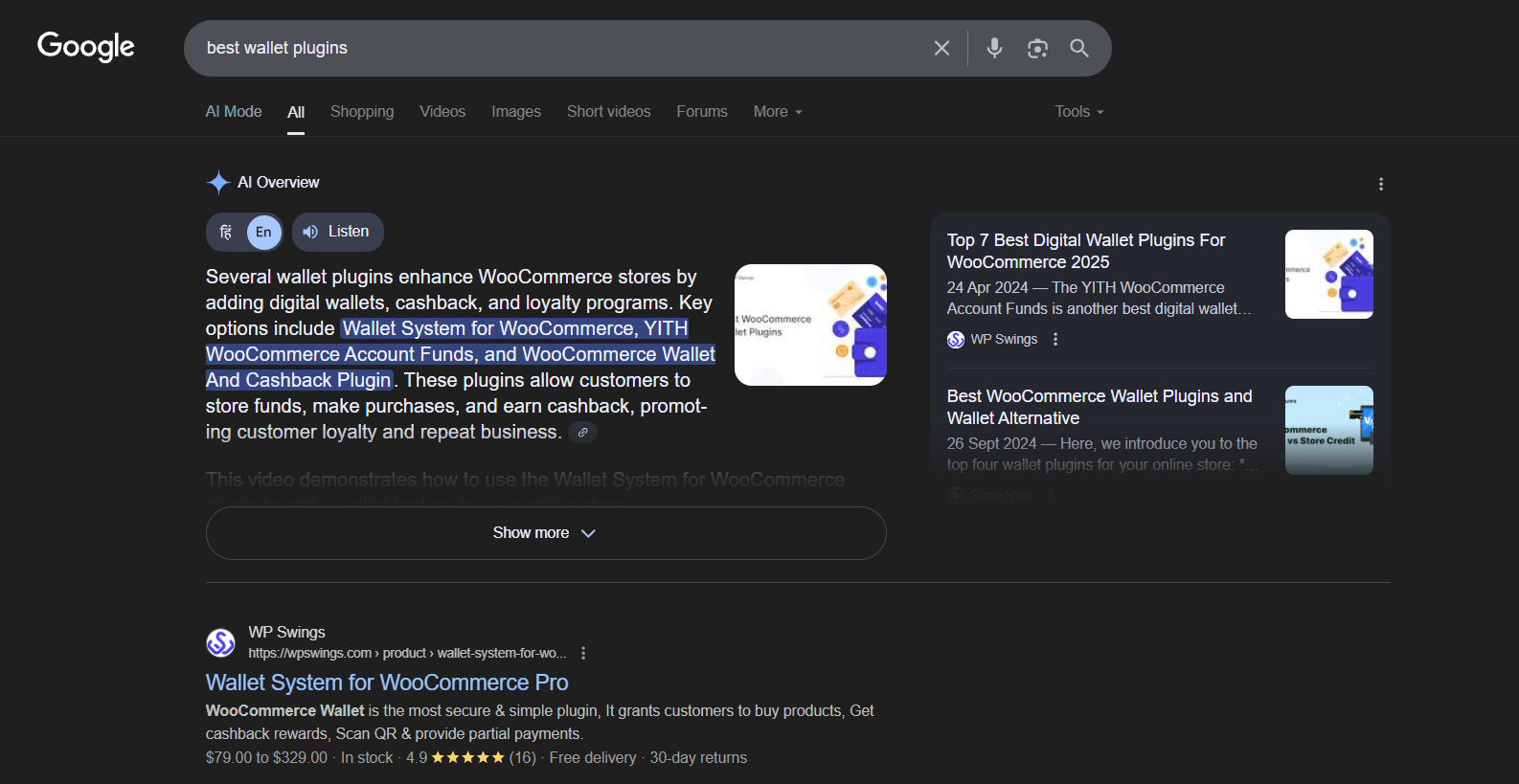
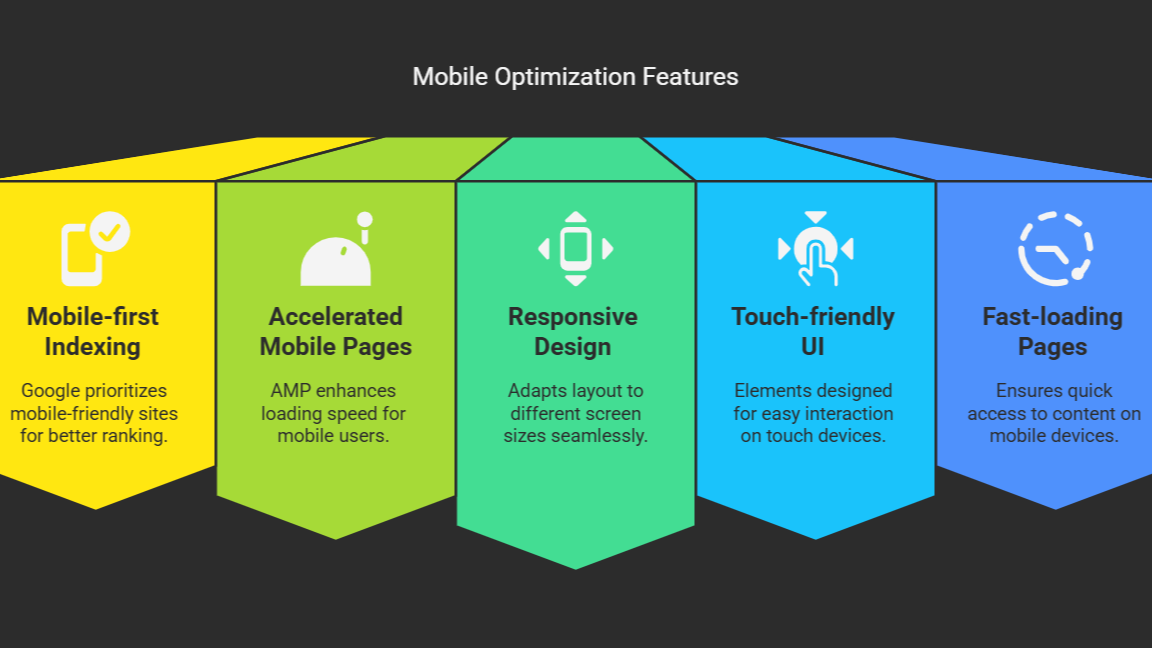

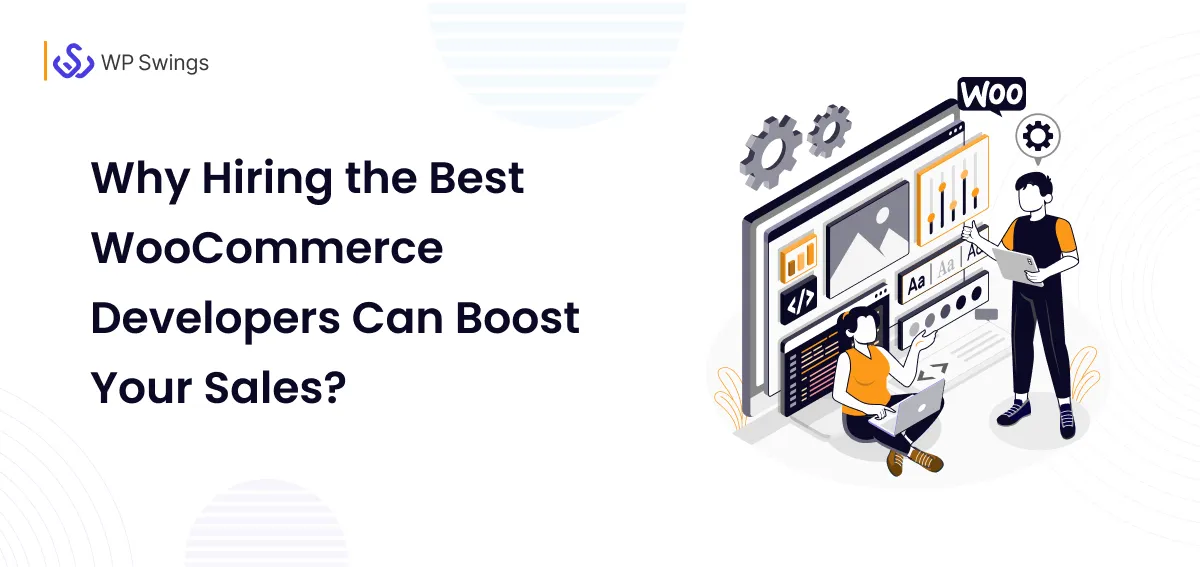

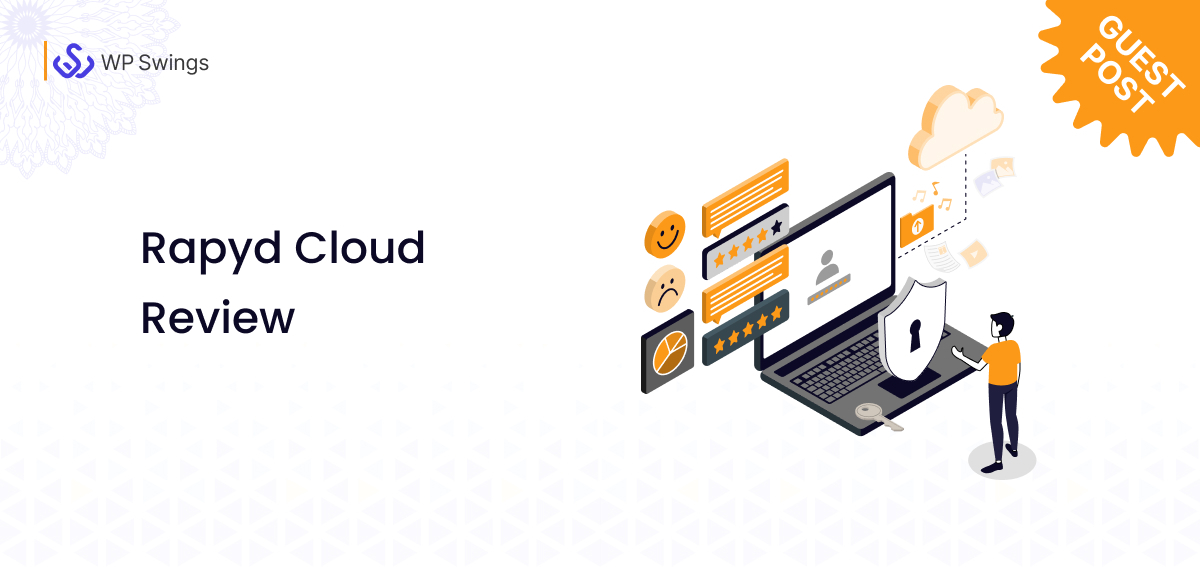



Howdy! Quick quesgion that’s entirely off topic. Do you know how to make your
site mohile friendly? My website lokoks weird whhen browsing from my iphone 4.
I’m trying to find a theeme or plugin thawt might be able to fix this
issue. If youu have any suggestions, please share.
Appreciate it!
You can read these 2 articles to make your website mobile friendly.
https://wpswings.com/blog/mobile-responsive-design/
https://wpswings.com/blog/mobile-friendly-ecommerce-store-ready/
Wonderful site. Lots of useful info here. I am sending it to several buddies ans also sharing in delicious. And naturally, thank you on your sweat!